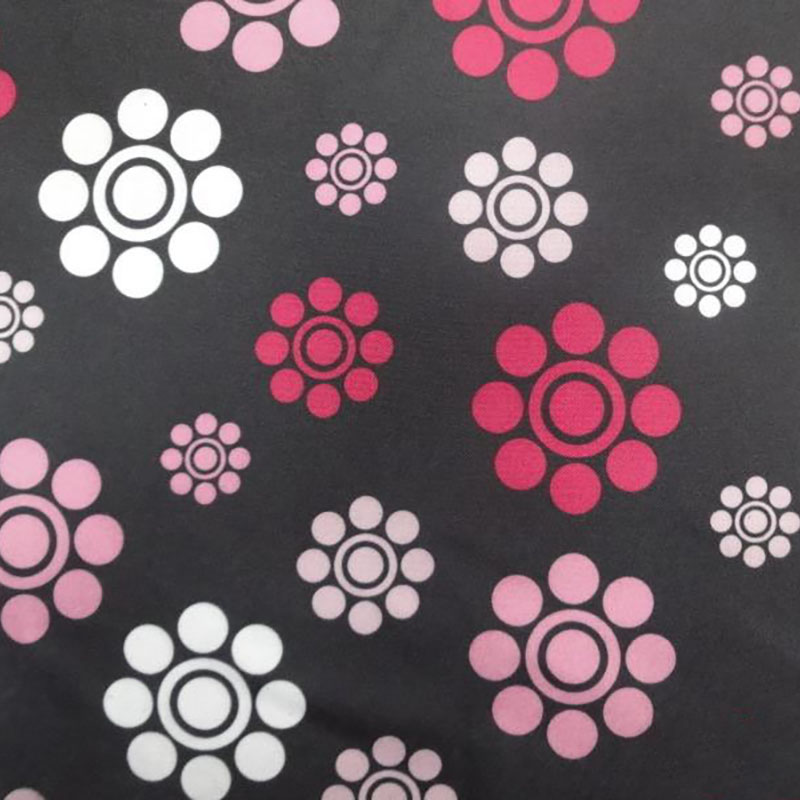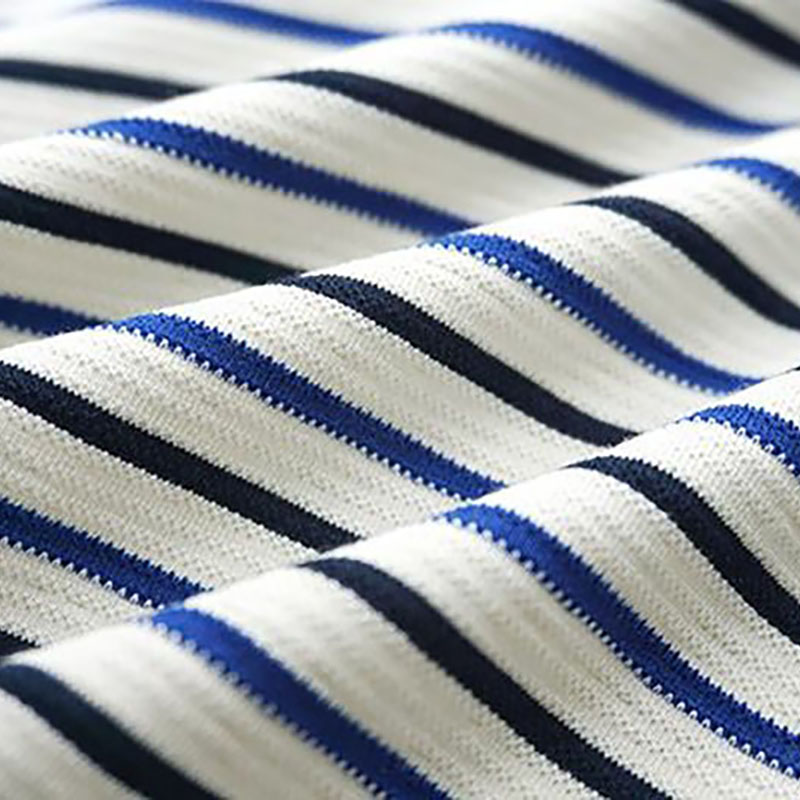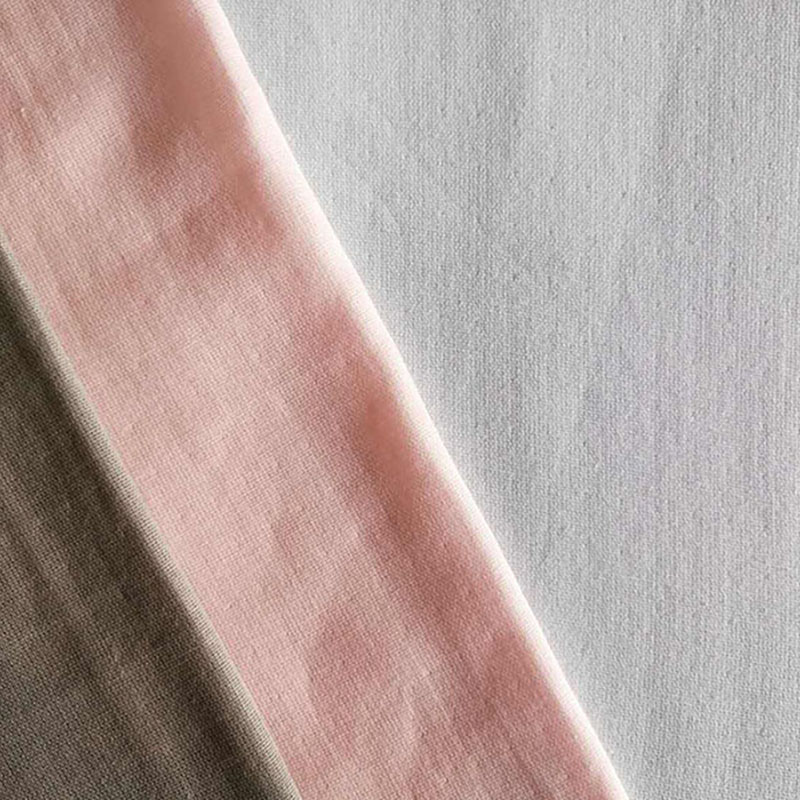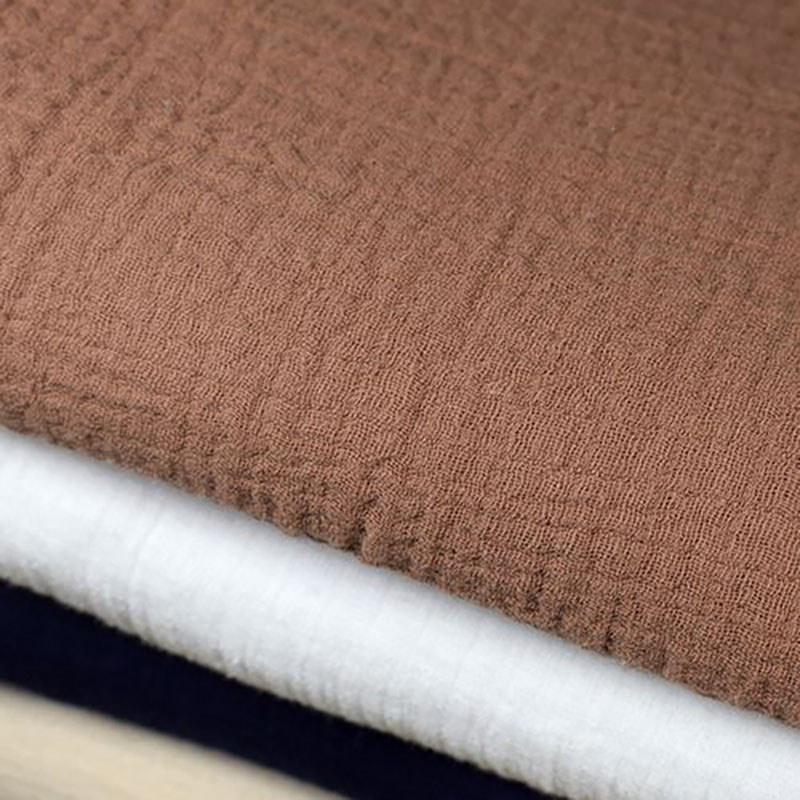Interlock is a classic knitting technique that has played an important role in textile design with its unique texture and structure. Compared with other knitting methods, interlock provides better elasticity and fixation, making it particularly suitable for making high-quality garments and accessories. In addition, this technique also makes the surface of the finished product smoother, improving the visual aesthetics.

In addition, the double rib weaving method can effectively reduce the exposure of thread ends during the weaving process, thereby improving the durability of the finished product. In addition, the double rib weaving method also makes the fabric less likely to deform when washed, ensuring the long-term use of the finished product.
When compared with other knitting methods such as single rib and mohair weaving, double rib weaving shows more obvious advantages. Although single rib weaving is simple to make, its structure is relatively simple, and the elasticity and feel of the fabric are relatively poor. Mohair weaving is suitable for making soft textiles, but it may not be as good as double rib in terms of wear resistance and warmth retention.

Through this comparison, knitting enthusiasts and professionals can more clearly understand the characteristics of various knitting methods and choose the most suitable technology for their projects. In specific situations, such as making clothes that require high elasticity and good appearance, the double rib weaving method is undoubtedly the best choice.
In short, double rib weaving has become an indispensable part of modern textile design with its unique advantages and wide applicability. From enhancing the artistry of works to enhancing the practicality of use, double rib weaving has added new possibilities to the art of weaving. By gaining a deeper understanding of various knitting methods, we believe that knitters can better improve their skills and achieve higher quality works.



